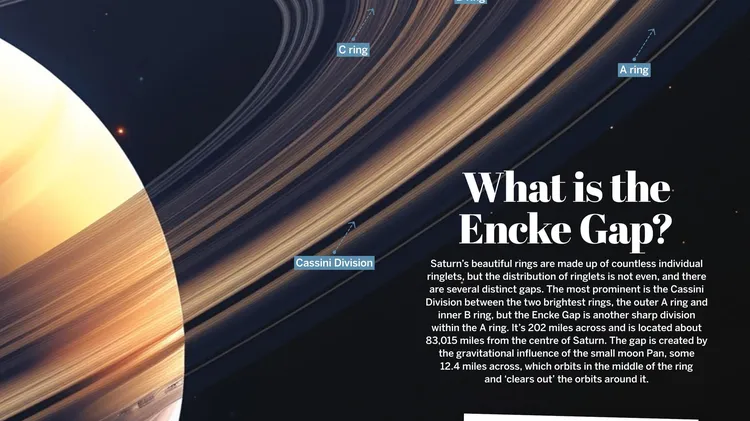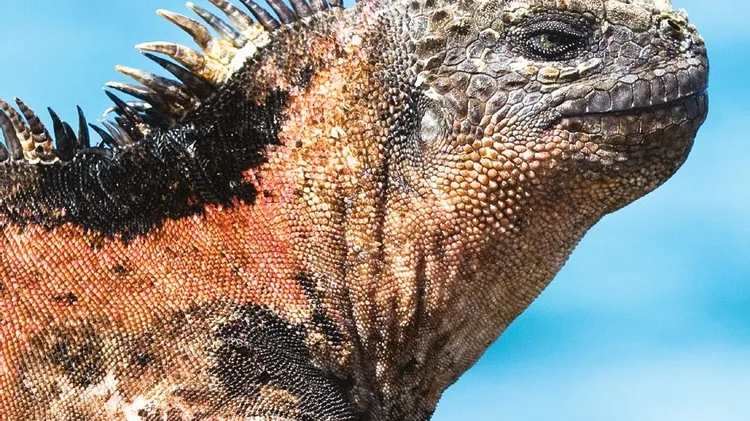
Which animals have the best sense of smell?
1 min read

This article is from...
Read this article and 8000+ more magazines and newspapers on Readly






